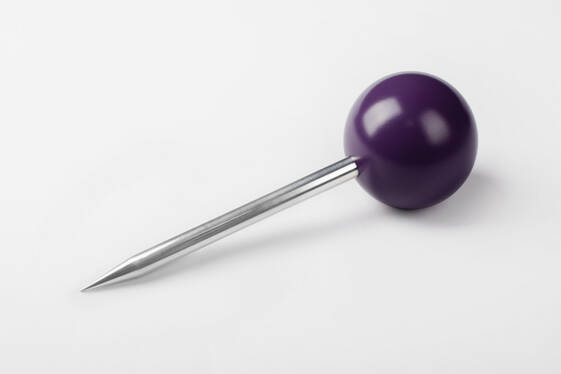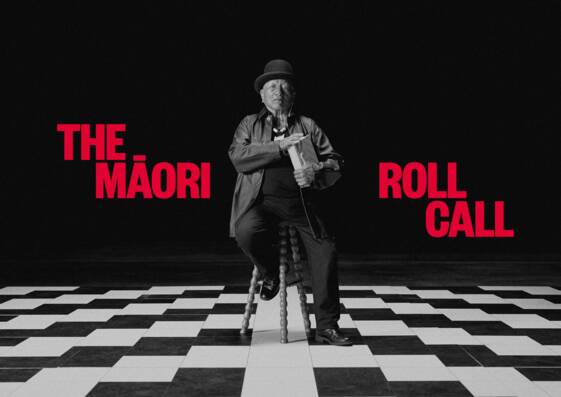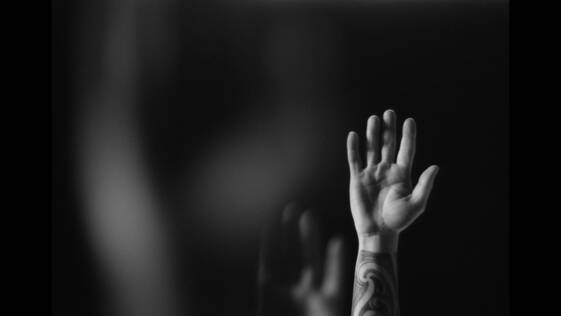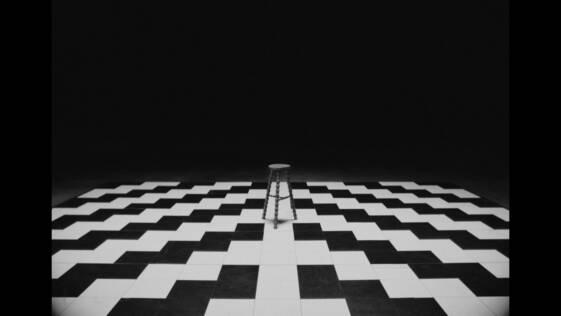The very best project in each discipline at the Best Design Awards is awarded the supreme, Purple Pin for work that truly raises the bar for New Zealand design.
Purple Pin Case Study
Motion Sickness, Liquid Studios, Loupe Agency, Supernormal
The Māori Roll Call


Purple Pin 2025
Film: The Māori Roll Call
Studios: Motion Sickness, Liquid Studios, Loupe Agency, Supernormal

Judges Comments
Visually striking, this film from Motion Sickness is a call out for people to join the Māori Electoral roll. The bold but elegant simplicity of the design and the beautiful performance from Tāme Iti results in a compelling film that cuts through and achieves its purpose.
The film is a highly crafted piece of filmmaking, but also uniquely suited for the Best Awards as design is at their heart.
Description
In the lead-up to the 2025 election, with over 120,000 eligible Māori not enrolled and many more on the general roll the country needed a statement. The campaign reframed enrolment not as a bureaucratic task, but as a powerful act of identity and unity. The central idea was simple and profound — a roll call. Tāme Iti, one of Aotearoa’s most respected Māori voices, delivered a 30-minute long-form ad (New Zealand’s longest ever), reading over 500 real Māori names shared with consent.
Filmed in a single take, the piece had no distractions — just Tāme, the names, and the question: “Will you answer the call?” The set was a reinterpretation of the Beehive’s press gallery, designed in poutama — a traditional Māori pattern symbolising growth and elevation. The campaign extended across outdoor, social and a microsite (maorirollcall.co.nz), where people could switch to the Māori roll or add their name to the next call.
By combining cultural weight, personal recognition and political urgency, the campaign sparked national conversation. It was covered on 1News, RNZ, and more, and debated in Parliament for its political and cultural power. It reached thousands online and in the real world through localised name-led outdoor. The result: enrolment was no longer just a form — it became a form of protest, pride and collective action.
